When Dinosaurs Roamed the (Not Yet) Petrified Forest
Recent surprise discoveries at the national park have prompted a complete rethinking about the creatures of the Jurassic Era
:focal(2354x1874:2355x1875)/https://tf-cmsv2-smithsonianmag-media.s3.amazonaws.com/filer/47/b1/47b12aa6-80e5-4dbb-894e-38994c2216c7/apr2016_b05_evodino.jpg)
Petrified Forest National Park is the kind of place that sneaks up on you. As you cruise at a brisk 80 miles an hour along Highway 40 in Arizona, a sea of sage, rabbitbush and grass stretches from the road’s shoulder to the horizon. This cloaking makes the transformation all the more dramatic once you reach the park. Not far inside the gate, the low scrub opens into the reds, blues and grays of the Painted Desert.
Most visitors drive from one end to the other, perhaps stopping to wander loops lined with petrified tree specimens. Gazing at the exposed rocks, they’re invited to imagine a time when forests and rivers clothed this corner of the world. They cannot be blamed for picturing various roaring dinosaurs loose on the land, since the rock shops and gas stations just outside the park feature towering concrete or wooden dinosaur statues that hold their jaws in frozen snarls.
But the actual dinosaurs that scurried through these ancient forests and flood plains weren’t the fearsome giants featured on children’s lunchboxes. In fact, if you were to time-travel back to before the forest was petrified, you’d be quite lucky to glimpse even a fuzzy little dog-size dinosaur darting through the tree stands or striding along the riverbank. Most of the creatures you’d encounter would be distinctly non-dinosaurian, with low, ambling gaits or plate-like armor down their backs. At the time, those other lineages seemed poised to outcompete and dominate dinosaurs altogether. At Petrified Forest, these Triassic weirdos are the main attraction.
You can see some of their remains at the Rainbow Forest Museum, a low beige building that blends into the vast expanses of desert around it. Fluorescent lights shine on skeletons belonging to four prehistoric creatures: an herbivore, a carnivore, a flying pterosaur and a two-tusked protomammal. All of these appeared on the evolutionary stage during the Triassic, between 252 million and 200 million years ago, just after the worst mass extinction of all time. The world’s ecosystems had just been wiped clean: More than 75 percent of known species on land and 95 percent of species in the seas had died. But life came roaring back into a world of new possibilities.
The non-dinosaurs that ruled that era haven’t found their way onto movie screens the way dinosaurs have. But they’re crucial to understanding the prehistoric world, and the park’s lead paleontologist, Bill Parker, has spent years unearthing their significance. Standing between shelves of carefully cataloged bones, Parker recalls a day in 2014 when he discovered a key link in the evolutionary chain. He was leading a school group at a fossil-rich area called the “Dying Grounds,” a barren patch of gray stone in the middle of the sunbaked desert. Standing on a hill he says he’d stood on “at least 50 times before,” Parker spotted a neck vertebra and toe bone sticking out of the ground. These turned out to be the first of more than 800 bones representing a newly discovered carnivorous reptile called an archosauromorph—not a dinosaur or a crocodile but a lineage from an even earlier time before those two groups split from each other. Based on the age of the surrounding rock, the archosauromorph had lived alongside newer forms of reptilian life some 230 million years ago.
Scientists haven’t pinpointed exactly when the first major dinosaur lineages appeared in the American Southwest. In the late 1980s, a paleontologist named Adrian Hunt thought he’d found a clue in the New Mexico desert: 32 teeth in a 220 million-year-old rock. Based on their leaf-like shape, he guessed that they’d belonged to an ornithischian dinosaur, the earliest-known ancestor of later greats such as Stegosaurus and Triceratops. He named the creature Revueltosaurus, and at first it seemed truly revolutionary—concrete evidence that this major lineage had thrived in the American Southwest much longer ago than anyone had ever believed.
In 2004, however, Parker overturned that notion. In Petrified Forest, he found another set of Revueltosaurus teeth, but they were lodged in jaws that shared more anatomical features with Triassic reptiles. “It dawned on me that Revueltosaurus was not a dinosaur,” Parker says. When more Revueltosaurus skeletons started coming out of the ground, they had heavy coats of bony armor. “It had a tail club,” Parker recalled. “The shape reminded me of manicotti.” Based on the armor, the ankle anatomy and subtle characteristics of the skull, Parker concluded that the Revueltosaurus was a pseudosuchian, an ancient reptile that eventually gave rise to modern-day crocodiles.
The implications of Parker’s discovery were enormous, according to Hans-Dieter Sues, curator of vertebrate paleontology at Smithsonian’s National Museum of Natural History. “The Revueltosaurus had been held up as the best record of a late-Triassic ornithischian dinosaur,” says Sues. “It was the crown jewel. And then, all of a sudden, poof! It just disappeared.” The Revueltosaurus revelation led Parker and others to reclassify other creatures that had been regarded as early dinosaurs, and so the number of officially recorded dinosaur fossils from the Triassic period has plummeted. In Petrified Forest there are now only two confirmed dinosaur species, Coelophysis and Chindesaurus, both about the size of a greyhound.
It’s not clear why these small, sleek dinosaurs eventually evolved into enormous Jurassic beasts. “We really don’t know yet,” says Sues. The transformation seemed to happen around 200 million years ago, just after another massive extinction. “We think that extinction was due to an unprecedented episode of volcanic activity,” Sues says. “Initially the world would’ve been a little cooler. Then it would’ve gotten really hot. Dinosaurs had a very different physiology and metabolism than other creatures at that time, so it could be they were better suited to that warmer world. All we really know is that they not only survived the extinction but immediately thrived like crazy.”
Parker has turned his focus to other mysteries. “We have a pretty good record of all the big stuff,” he says, referring to the heavily armored aetosaurs and gharial-like phytosaurs found in the park, “But what I’ve been really getting interested in is the little stuff.” In recent years, he and his colleagues have found precursors of smaller animals such as frogs, lizards and salamanders. Piecing them together involves meticulous work: Unlike the remnants of larger animals, miniature skeletons are easily broken or lost in a gust of wind, and they rarely come out of the ground in one piece.
Even more awaits out in the Painted Desert. During the past two years, Petrified Forest has expanded its boundaries by about 50,000 acres through land transfers and purchases, bringing the park up to about the size of the municipal city of Chicago. “The areas we’ve investigated so far are even richer than those that were already in the park,” Parker says. Where he used to visit some familiar sites and think “Uh, this place is starting to get tapped out,” Parker says he now has a different view. “We’re just getting warmed up. We’re just getting started.”
/https://tf-cmsv2-smithsonianmag-media.s3.amazonaws.com/accounts/headshot/RileyBlack.png)
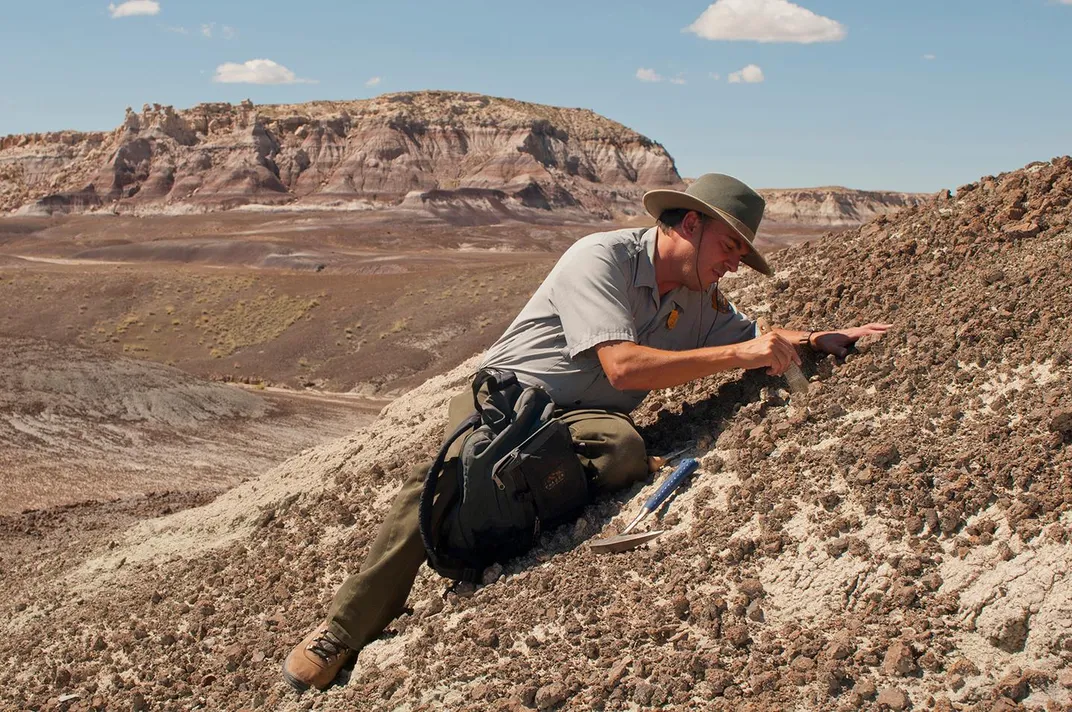
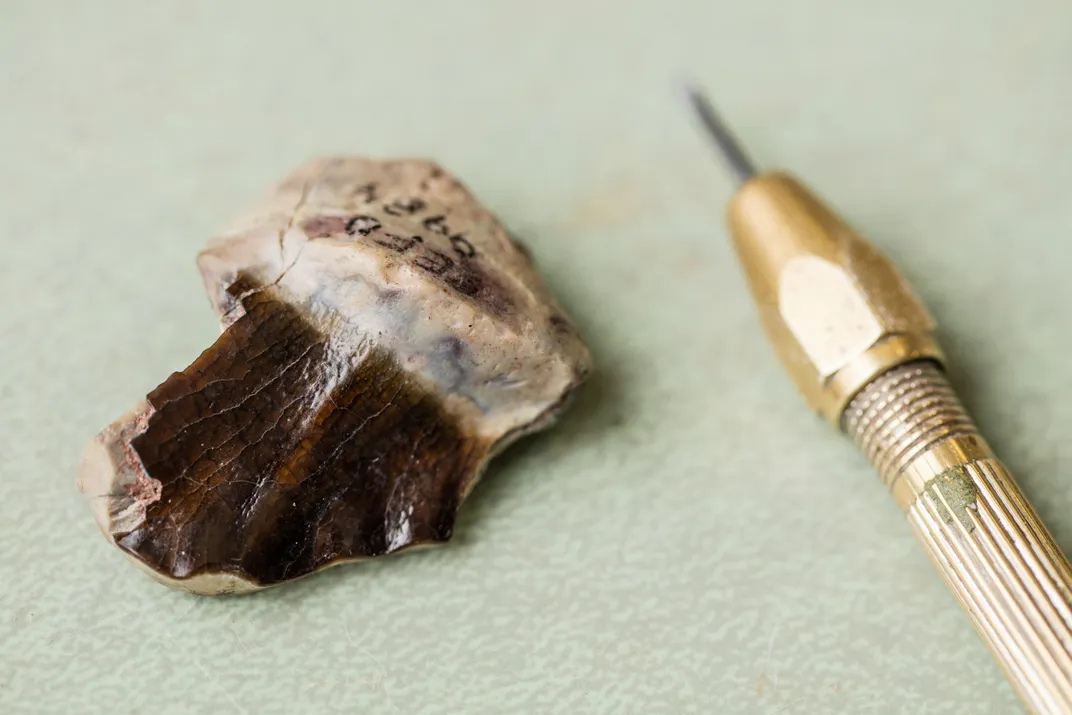
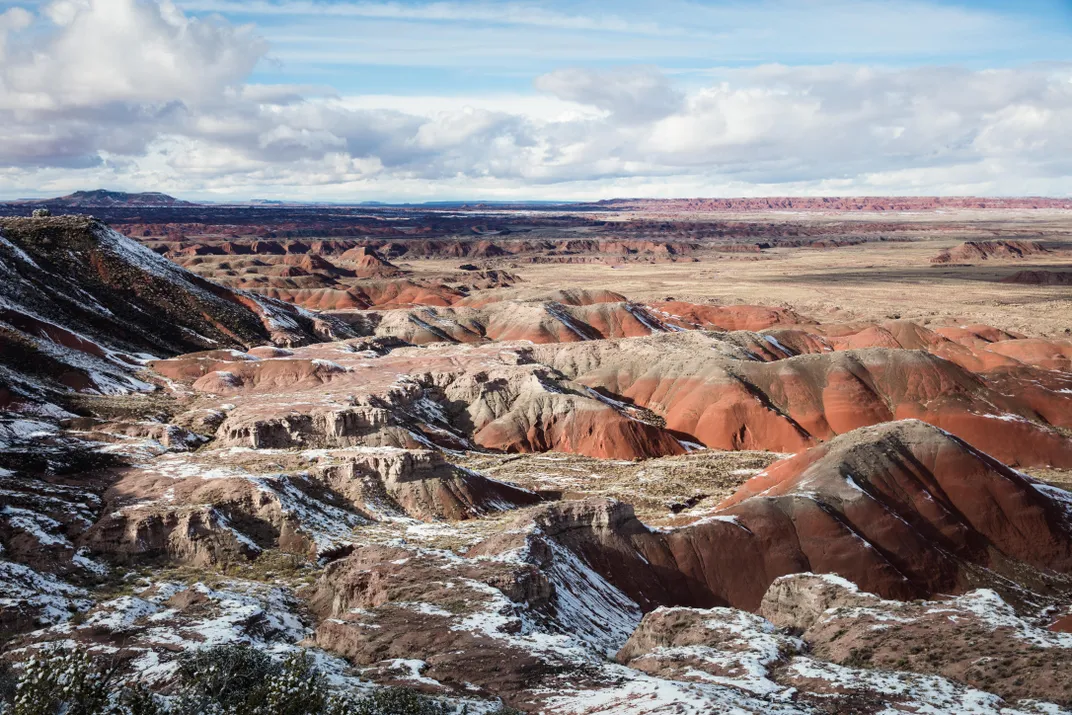
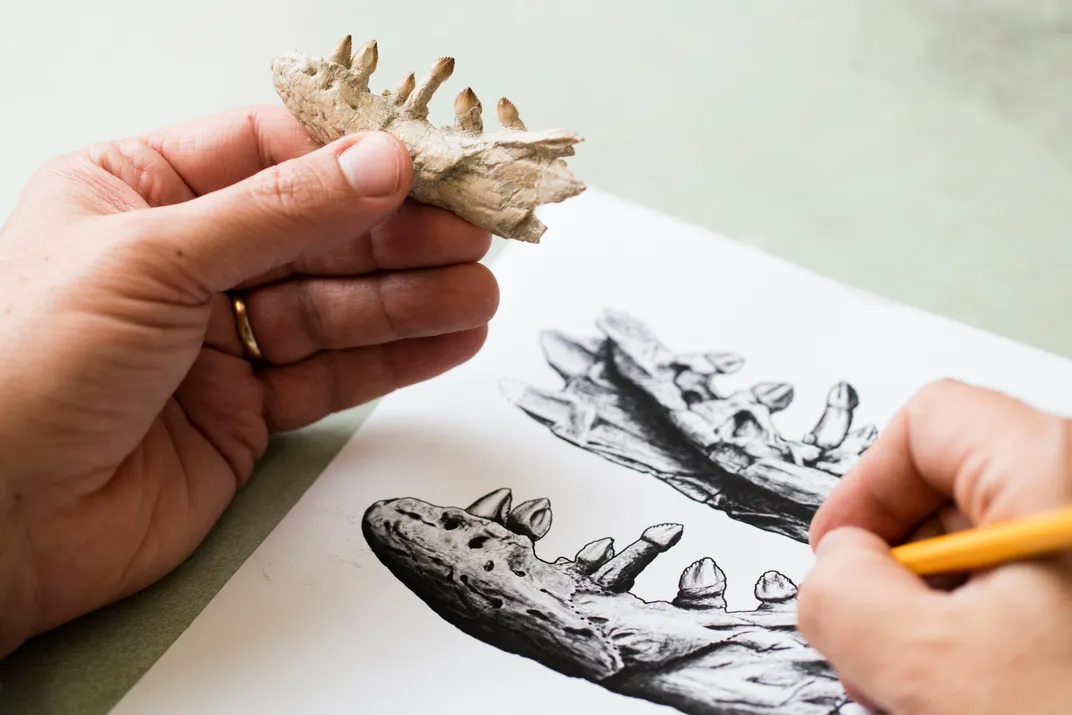
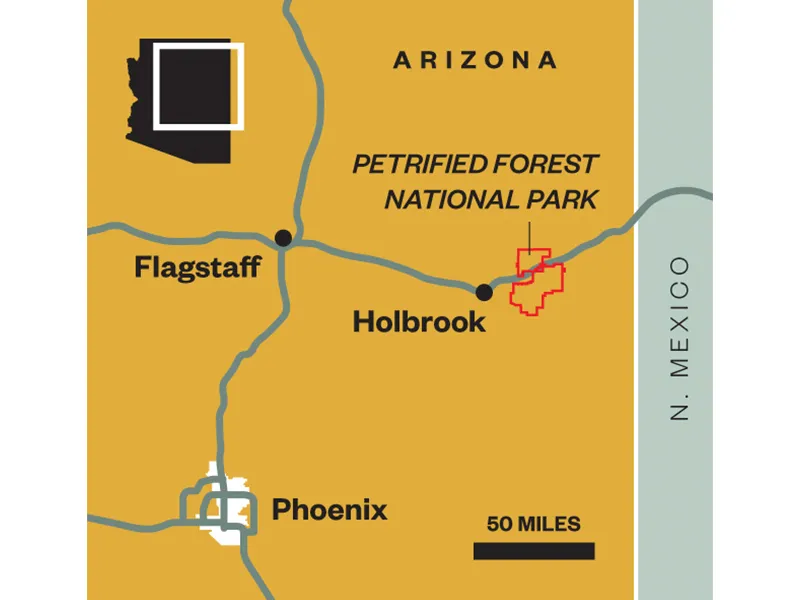
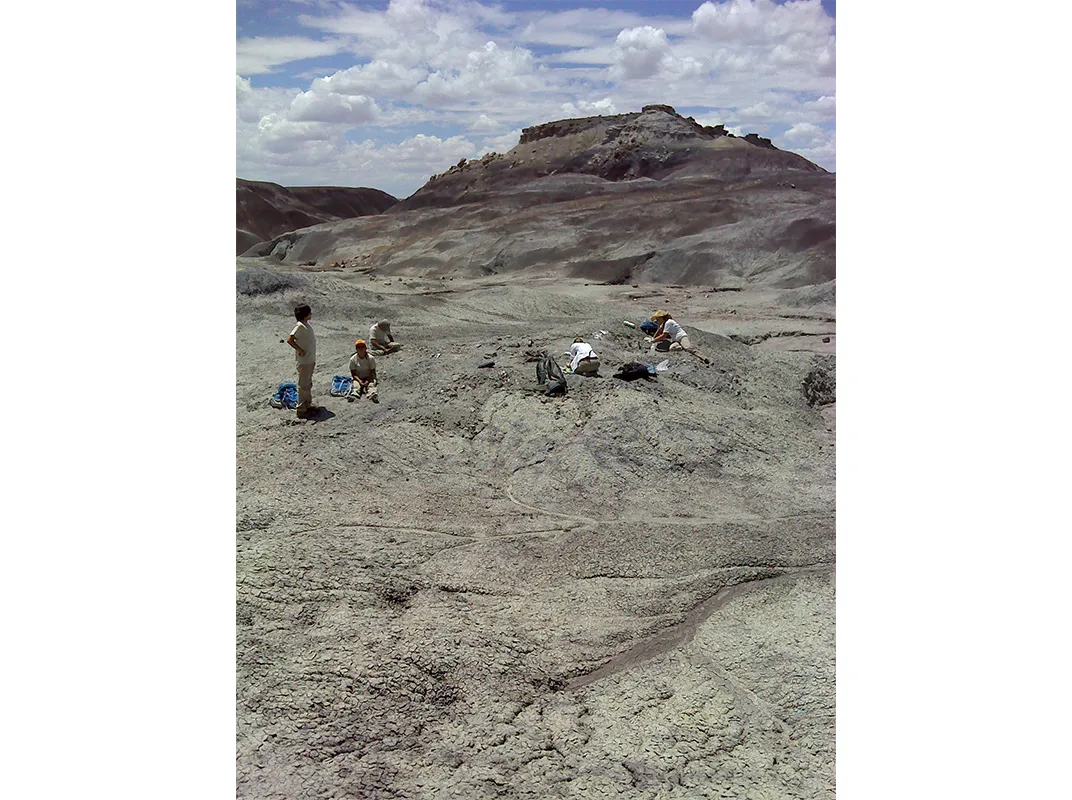
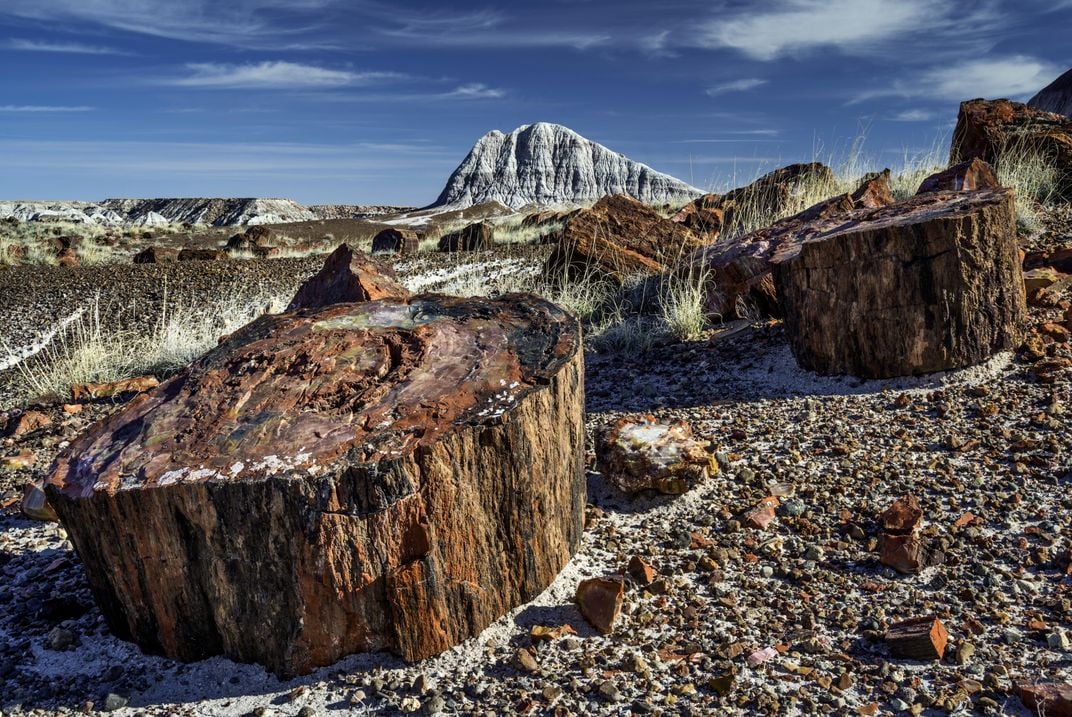
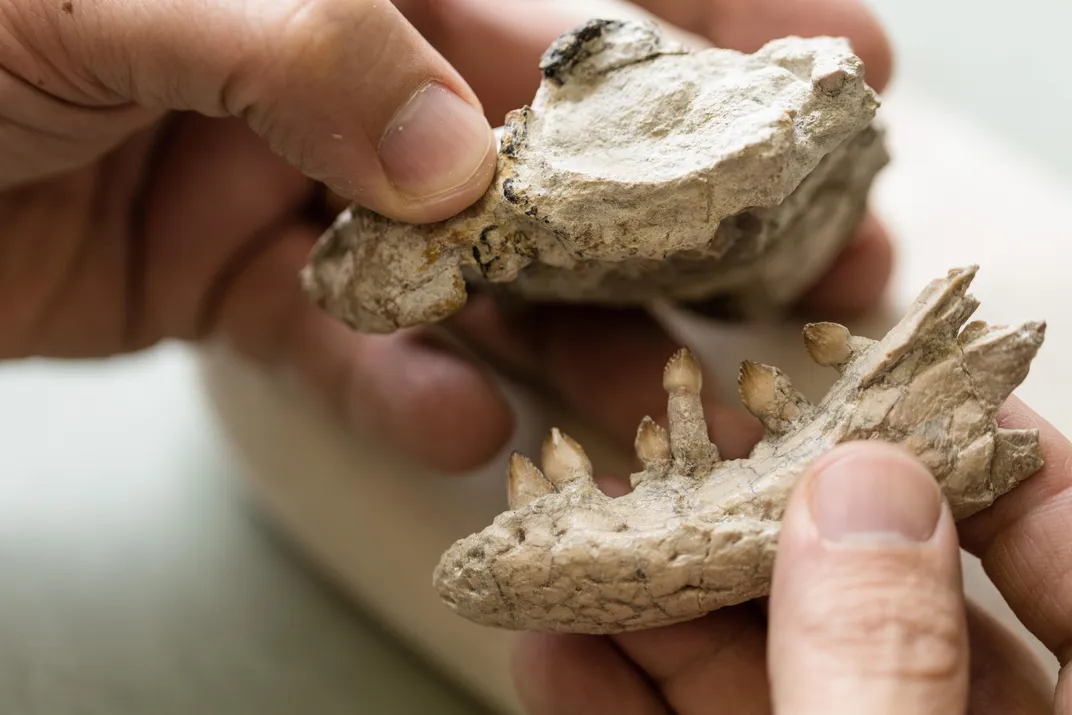
/https://tf-cmsv2-smithsonianmag-media.s3.amazonaws.com/accounts/headshot/RileyBlack.png)